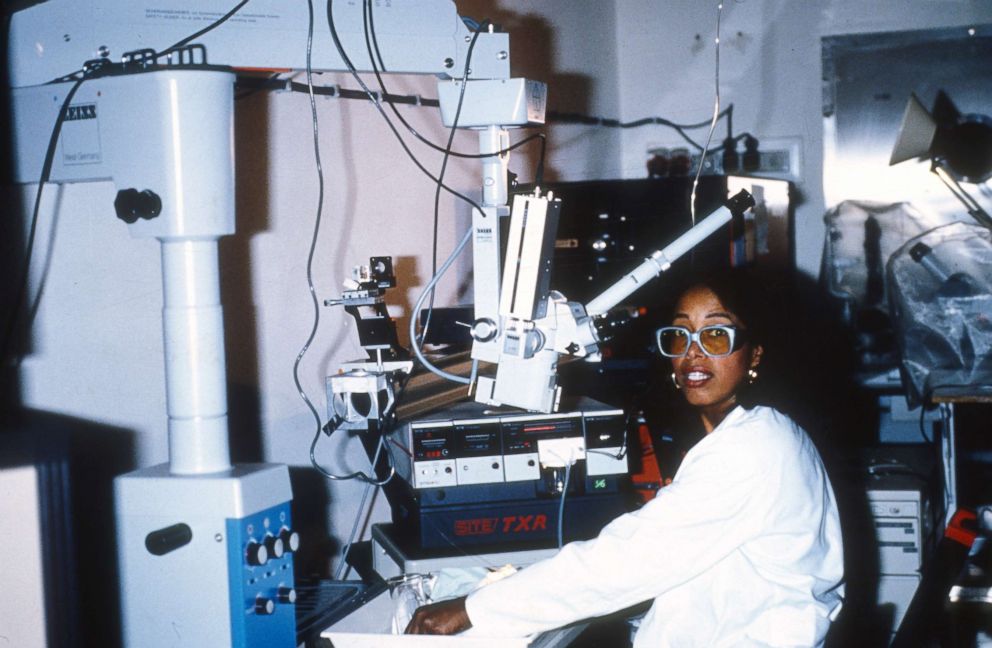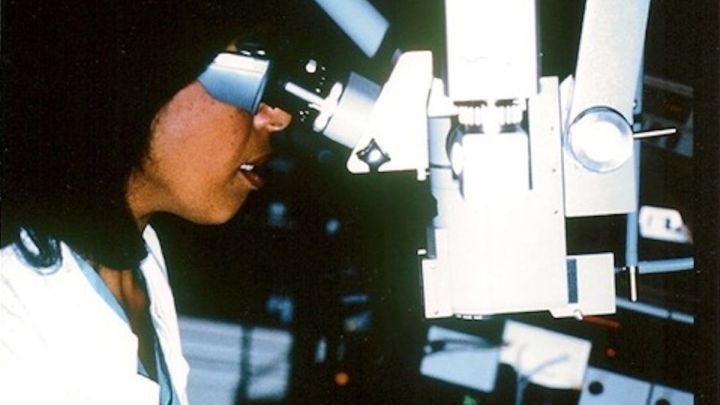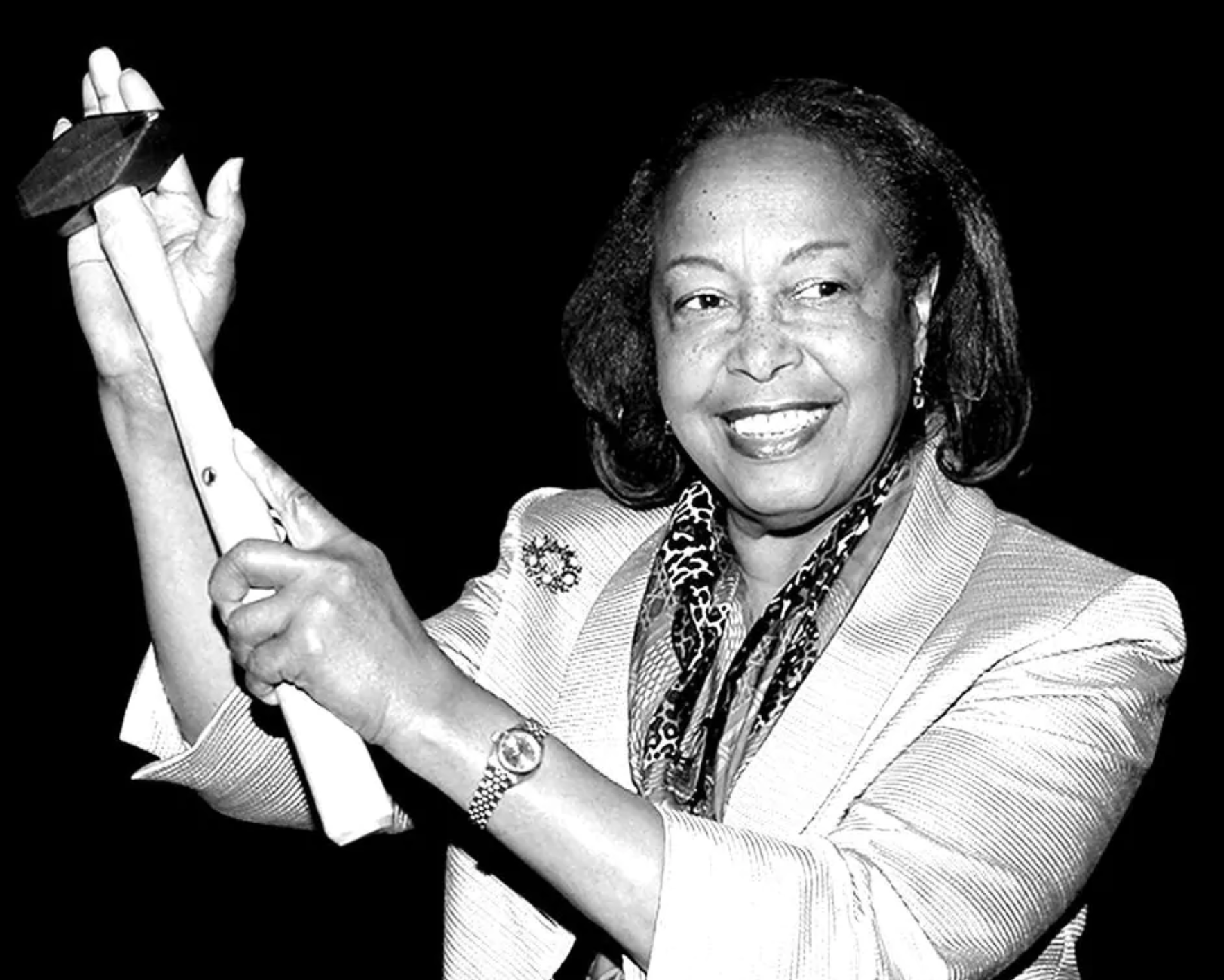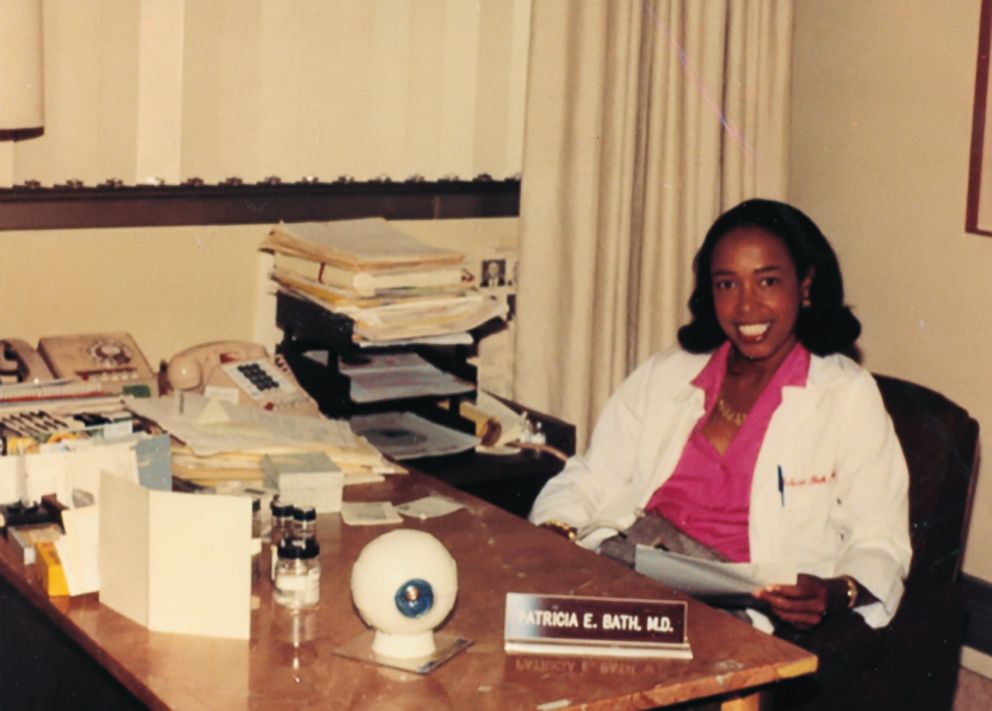D r. Bath was an American ophthalmologist, inventor, humanitarian, and academic. She was an early pioneer of laser cataract surgery. She also became first woman member of the Jules Stein Eye Institute, first woman to lead a post-graduate training program in ophthalmology, and first woman elected to the honorary staff of the UCLA Medical Center. Bath was the first African-American person to serve as a resident in ophthalmology at New York University. She was also the first African-American woman to serve on staff as a surgeon at the UCLA Medical Center. Bath was the first African-American woman doctor to receive a patent for a medical purpose. The holder of five patents,[1] she also founded the non-profit American Institute for the Prevention of Blindness in Washington, D.C.
After completing her residency at NYU, Bath began a Corneal fellowship program at Columbia University, which focused on corneal transplantation and keratoprosthesis surgery (1973 to 1974). While a fellow, she was recruited by both the UCLA Jules Stein Eye Institute and Charles R. Drew University to co-found an ophthalmology residency program at Martin Luther King, Jr. Hospital. She then began her career in Los Angeles, becoming the first woman ophthalmologist on the faculty at Jules Stein Eye Institute at UCLA. She was appointed assistant chief of the King-Drew-UCLA Ophthalmology Residency Program in 1974, and was appointed chief in 1983.
At both institutions she rose to the rank of associate professor. At UCLA, she founded the Ophthalmic Assistant Training Program (OATP) in 1978. The graduates of the OATP are key personnel to provide screening, health education, and support for blindness prevention strategies. In 1978, Bath co-founded the American Institute for the Prevention of Blindness and served as president.
While at UCLA Jules Stein Eye Institute, she established the Keratoprosthesis Program to provide advanced surgical treatment for blind patients. The program continues today as the KPRO and thousands of patients have had their eyesight restored with this innovative technology. Based on her research and achievements with keratoprosthesis, Bath was chosen to lead the first national keratoprosthesis study in 1983.
In 1983, Bath was appointed Chair of the KING-DREW-UCLA Ophthalmology Residency Program, becoming the first woman in the US to head an ophthalmology residency program. In 1986, Bath elected to take a sabbatical from clinical and administrative responsibilities and concentrate on research. She resigned her position as chair of ophthalmology and followed her research pursuits as visiting professor at centers of excellence in France, England and Germany. In France, she served as visiting professor at the Rothschilde Eye Institute of Paris with Director, Daniele Aron-Rosa. In England, she served as visiting professor with Professor Emmony at the Loughborough Institute of Technology. In Germany, she served as visiting professor at the University of Free Berlin and the laser medical center.
In 1993, she retired from UCLA, which subsequently elected her the first woman on its honorary staff.
She served as a professor of ophthalmology at Howard University’s School of Medicine and as a professor of telemedicine and ophthalmology at St. Georges University ophthalmology training program.
Bath has lectured internationally and authored over 100 papers.











